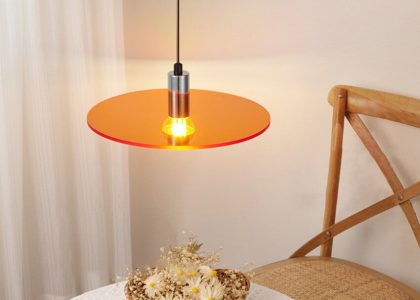Introduction
Teddy Boy fashion emerged in Britain in the 1950s as a rebellious response to the austerity measures of post-World War II. This style was defined by its flamboyant clothing, quiff hairstyles, and a tendency towards rebellious behavior. Despite being over half a century old, it remains an essential part of British culture and continues to inspire fashion trends worldwide.
History of Teddy Boy Style
The Teddy Boy Style began to take off in the late 1940s and early 1950s. Inspired by American Doo-wop and Jazz music, young British men began to adopt a more flamboyant dress sense, a move away from the drab and utilitarian fashions that had been so prevalent during the war. The Teddy Boy style’s trademark features were extravagant, drape-cut jackets, high-waisted drainpipe trousers, enormous quiff hairstyles, and shoes with ultra-high Cuban heels.
Teddy Boys were associated with violence and gangs, which made them a controversial group. Despite being linked to a questionable reputation, they were iconized for their style, and many youths began to adopt their image.
Significance of Teddy Boy Style
The Teddy Boy style was significant in British culture, as it represented a shift in the country’s fashion and attitudes. The style was born out of a spirit of rebellion and was a reaction to the austerity measures of the post-World War II period. It allowed young people to express themselves through fashion, creating their identity and culture. The trend emphasized the importance of individual style and showed that fashion could be a tool for self-expression.
Teddy Boy Style also played a significant role in the evolution of rock and roll. The music of performers such as Elvis Presley and Little Richard was embraced by British Teddy Boys and helped to create a new movement of rock and roll in Britain. The Teddy Boy style also served as inspiration for musicians such as The Beatles, who emerged in the 1960s and took rock and roll to new heights.
Teddy Boy Style in Modern Times
Despite being over 60 years old, Teddy Boy Style remains incredibly popular in Britain and around the globe. The style has been adapted and modernized, with contemporary designers putting their spin on Teddy Boy clothing, making it accessible to a broader audience.
Teddy Boy style has influenced many modern fashion trends. Quiff hairstyles are still in trend, with many stylists putting a contemporary spin on the classic look. Drape-cut jackets and drainpipe trousers are still a staple in menswear, often with skinny jeans rather than the ultra-slim draining pants of the 50s. The shoes with Cuban heels continue to be popular for both men and women, adding an edge to any outfit.
Conclusion
Teddy Boy Style continues to be an essential part of British culture and fashion history. The movement is still relevant today, and many designers and stylists continue to draw inspiration from the style. Whether you’re a fan of the classic look or prefer a modern twist on the iconic style, Teddy Boy fashion is a timeless trend that will always remain relevant.


